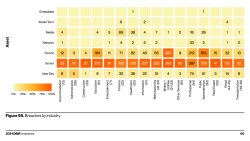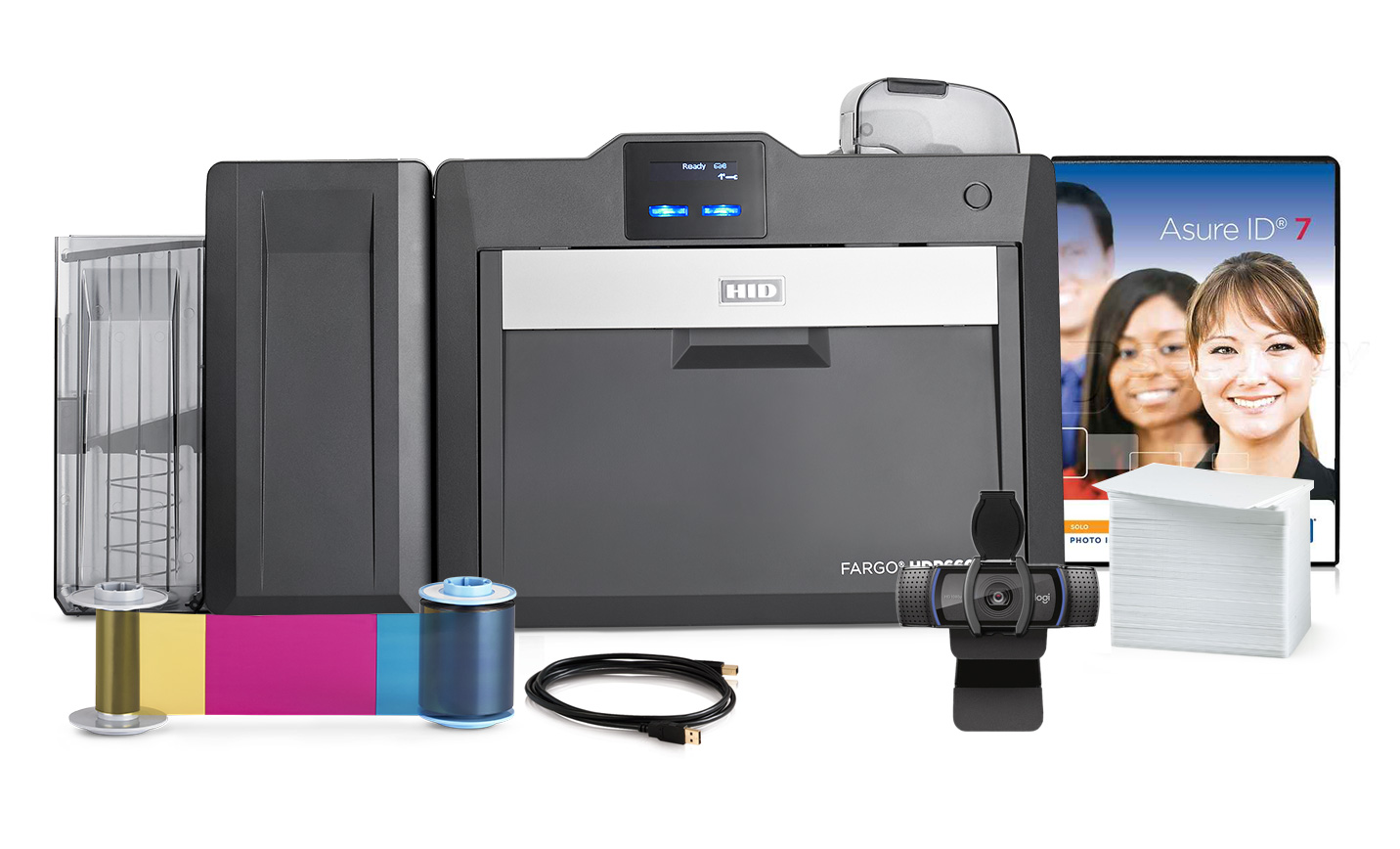
Integrating Multi-Factor Authentication
With the adaptation to remote workforces as a result of the pandemic, internet usage across industries has increased. Cybercriminals capitalized on the trend and aimed their attacks on businesses that rely on cloud-based applications, online data storage, and many other digital assets. According to the U.S FBI, cybercrimes sparked 300% since the start of COVID-19.
No matter how complex your usernames and passwords are, they no longer provide sufficient protection from these cyber attacks. Multi-factor authentication has become the best defense against these attacks because of the difficulty for hackers to obtain all the right credentials, promptly.
As everything becomes more digitized, organizations are at risk for all sorts of breaches, some more vulnerable than others. Sadly, small businesses tend to be easy targets for cyber-attacks because of the lack of financial resources and protective infrastructure. Other industries, such as healthcare, government agencies, and manufacturing, are highly targeted as well, because of the storage of confidential company assets & client data. Due to these organizations hosting such sensitive information, HIPAA, CMMC, and ISO 9001 compliance requirements are very strict, to help prevent crippling attacks.
Below is a figure from the 2021 Verizon Data Breach Report that depicts which type of assets are more commonly breached compared to others.

Across the industry, servers are the most common asset breached, followed by “person.” There are several ways in which security teams can train their staff on what to look for in cyber attack attempts, but one of the main solutions that bridge the safety and security gap between “servers” and “people,” is the use of multi-factor authentication.
Within HIPAA, CMMC, and ISO 9001 compliance requirements alike, multi-factor authentication is one of the main tools implemented for managing users’ access to proprietary company data and network resources. Whether it’s access to a patient’s private health information, government finances, or a manufacturer’s mainframe, multi-factor authentication, such as HID ActivID, can prevent data breaches since a hacker cannot obtain every form of authentication, at the same time.
However, many organizations are slow to adopt MFA entirely. Across government agencies, healthcare, and manufacturing, many of these enterprises have complex IT environments that use a variety of technologies and applications to conduct business. All assets are potential targets for cyberattacks, including PCs, servers, mobile devices, windows, cloud, and mainframes applications. Leaving just one of these systems without protection could compromise your entire network. Unfortunately, many products on the market don’t offer cohesive protection across assets or only offer basic two-factor authentication. With today’s versatile enterprise environments, hybridized workforces, and many modes of operation, having a tool that can provide complete coverage across all your corporate assets is a must. Many IT and security leaders are pressured to find a solution that can provide advanced authentication across all applications and resources to stay compliant in their industries:
HIPAA Compliance:
Healthcare organizations are highly targeted by cybercriminals. Sections within HIPAA compliance require secure use of assets that store confidential health records, patient data, finances, and more. Requirements include logical access systems that restrict access based on time, scope, function, role, and application. MFA solutions like Digital Persona, enable in-depth credentialing so that sensitive data and assets are secured, and companies meet compliance.
CMMC Compliance:
To reach CMMC Cyber security maturity levels, government agencies, third parties, or contractors, must abide by a slew of security precautions. Physical and logical access systems must properly secure data storage, processing centers, information systems, confidential training areas, and vital systems. IT teams can cater to multi-factor authentication, role, and function based credentialing, to ensure only the right people gain authenticated access to vital areas and network resources.
ISO 9001 Compliance:
Similar to other industry compliance requirements; manufacturers have to ensure their processes, data, and resources are secured to prevent interference with business operations. To protect vital operating systems, ISO 9001 requires manufacturing organizations to implement physical and logical access controls to verify that only the right people are allowed access to the right systems. Integrating multi-factor authentication across systems to verify appropriate user access and authority, can help manufacturers stay compliant.
A commonly used solution across industries is HID PIV:
Implementing MFA across these complex IT environments can seem daunting, which discourages many from its adoption. However, with ADVANTIDGE multi-factor authentication, we can make the process of integrating seamless, robust, and timely. Below are two reasons that explain how and why:
Multi-Factor Authentication Integration Made Easy
You might be wondering how long does MFA take to roll out? Critical IT resources that are expensive and in short supply, can not be stretched with time-consuming projects lasting from months to years. Many MFA and SSO solutions can be driven by cumbersome requirements, such as application modifications, new server installation, and configuration, end-user training, system upgrades… the list goes on. Below are attributes of our multi-factor authentication solution that directly combat those challenges:
- Deploy MFA in days, rather than months
- Integrate MFA with legacy infrastructure as well as emerging cloud technologies
- Retain existing investment in systems & processes
- No installation and management of new servers
- No code changes to applications already in use
- Little to no end-user training
Seamless Administration and Management
Another hurdle many IT and security teams dread is the admin and maintenance side of adopting MFA. Adding dedicated servers, administrative consoles and UI to learn, and ongoing synchronization, are all reasons IT personnel may be resistant to a new and taxing workflow.
ADVANTIDGE Multi-factor authentication is NOT such an ordeal. We help you evaluate and customize your solution for your IT environment, based on your bandwidth and resources. Here are a few benefits to consider when exploring MFA options:
- You don’t have to install new data center hardware
- You can manage all applications, devices, and user stores in one centralized location
- You don’t have to learn or master a new system interface
- You can deploy self-service capabilities, like password resets, for your end users
Depending on the industry, advanced multi-factor authentication can alleviate the stress that IT departments face when trying to achieve HIPAA, CMMC, and ISO 9001 compliance requirements.
The complex, multi-layered responsibilities of IT professionals can be easily secured, controlled, and maintained with ADVANTIDGE MFA.


